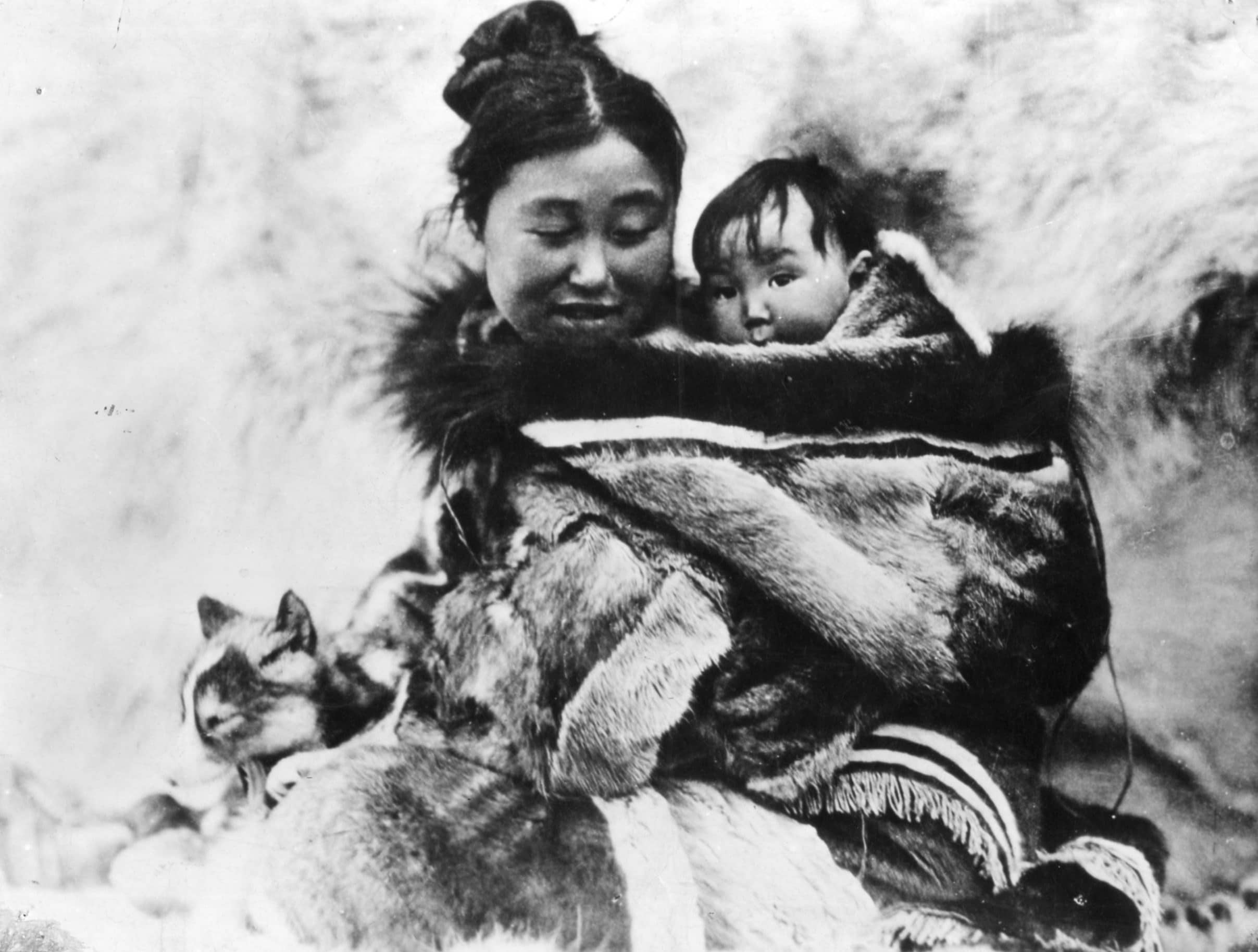
In the early 1920s, director Robert Flaherty decided to film the incredible and different society of Inuits that he’d stumbled upon. He ruined the first draft, then went back and reshot what later became 1922’s Nanook of the North, a feature-length docudrama that became the controversial catalyst for a documentarian divide along the lines of complete realism.
Some scenes of Flaherty’s film were staged, redone on sets, or otherwise dramatized. Creativity was imposed upon real events rather than inventing them from whole cloth, but there was still a feeling of duplicitousness among some viewers and critics. However you fall in the debate, there’s no denying its impact on the future of documentary. The form has become wide-ranging in its reenactment of events, stories, and ideas – all in the service of truth.
One Hundred Years of Cinema, focusing on the historical impact of Flaherty’s documentary/docudrama/whatever, still levies some well-researched blows at the film’s trickery, making the video essay an entertaining lesson.
Related Topics: Documentary, film history, Video
